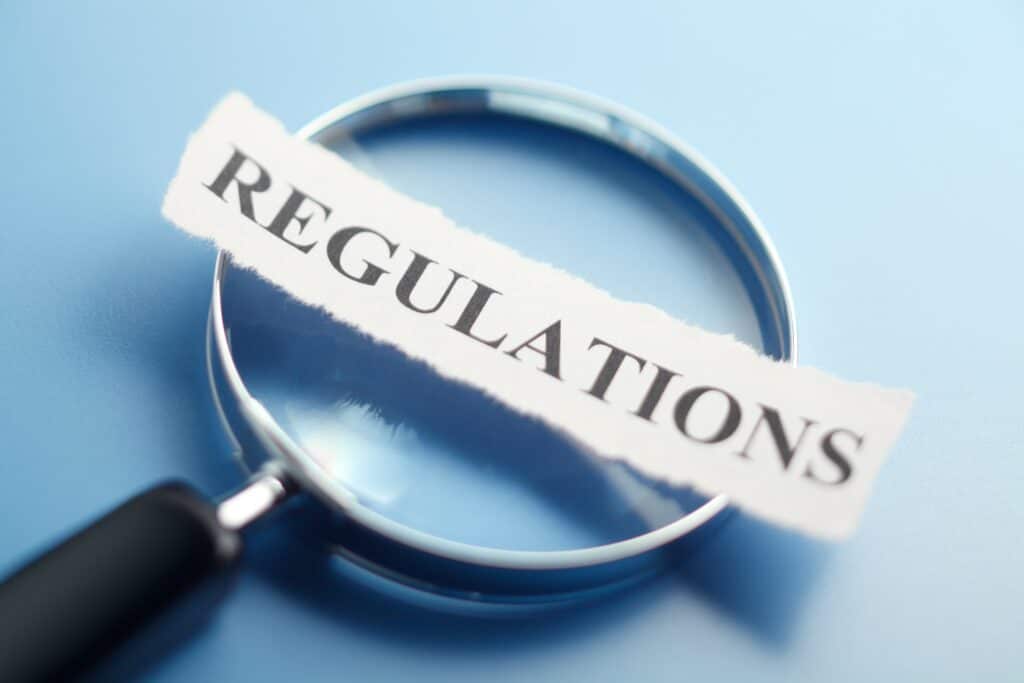Proper handling and disposal of infectious waste are crucial for public health and environmental safety. Healthcare facilities in the US must follow strict regulations to minimize the risk of infection transmission. This post highlights five essential regulations for safe and responsible disposal. Following these regulations can protect staff, patients, and the community.
Proper Categorization of Waste Regulation
To effectively manage infectious waste, it must be categorized accurately based on the level of risk it poses. The Environmental Protection Agency (EPA) has established three primary categories:
- Category A includes non-infectious waste that poses minimal risk, such as bandages and disposable medical supplies.
- Category B comprises moderately infectious waste, including cultures and stocks of microorganisms or waste from patients with specific diseases.
- Category C includes highly infectious waste from patients with HIV and Ebola.
By categorizing infectious waste correctly, healthcare facilities can ensure appropriate disposal methods are employed.
Use of Proper Containers Regulation
Using suitable containers is crucial to prevent the spread of infections and protect the environment. Also, infectious waste should be placed in designated containers, such as leak-proof bags or puncture-resistant containers, to ensure safe containment during transportation and disposal. Then, adhering to proper container usage helps maintain the integrity of the waste and reduces the risk of exposure.
Clear and Accurate Labeling
Accurate labeling is essential to identify infectious waste and communicate vital information. Labels should indicate that the waste is infectious and include details about the type of infectious agent present. Also, labels should mention the waste generation date, the generating facility’s name, and the responsible person’s name. Proper labeling ensures safe handling and disposal, reducing the risk of potential hazards.
Secure Storage Practices
Securely storing infectious waste is crucial to prevent unauthorized access and potential contamination. Healthcare facilities must maintain designated storage areas that are secure, locked, and inaccessible to unauthorized individuals. These areas should be clean, dry, and equipped with appropriate containers for waste disposal. Proper storage practices minimize the risk of accidents, exposure, and environmental contamination.
Compliant Waste Disposal
Proper disposal of infectious waste is paramount to protect public health and the environment. Healthcare facilities must follow approved disposal methods, including incineration, chemical treatment, or other authorized processes. Then, compliance with local regulations ensures that infectious waste elimination is safe and effective, minimizing the risk of infection transmission.
Conclusion
Adhering to the essential regulations for infectious waste disposal is vital for the safety and well-being of healthcare workers, patients, and the community. Proper categorization, container usage, labeling, storage, and disposal practices significantly reduce the risk of infection transmission and ensure a healthier environment. By complying with these regulations, healthcare facilities demonstrate their commitment to public health and contribute to a safer and more sustainable future.
Remember, MedPro Disposal is your trusted partner for compliant infectious waste management. We provide comprehensive disposal services tailored to your facility’s unique needs, ensuring complete adherence to all regulatory requirements. Finally, together, we can create a safer healthcare environment and protect the well-being of all stakeholders.



